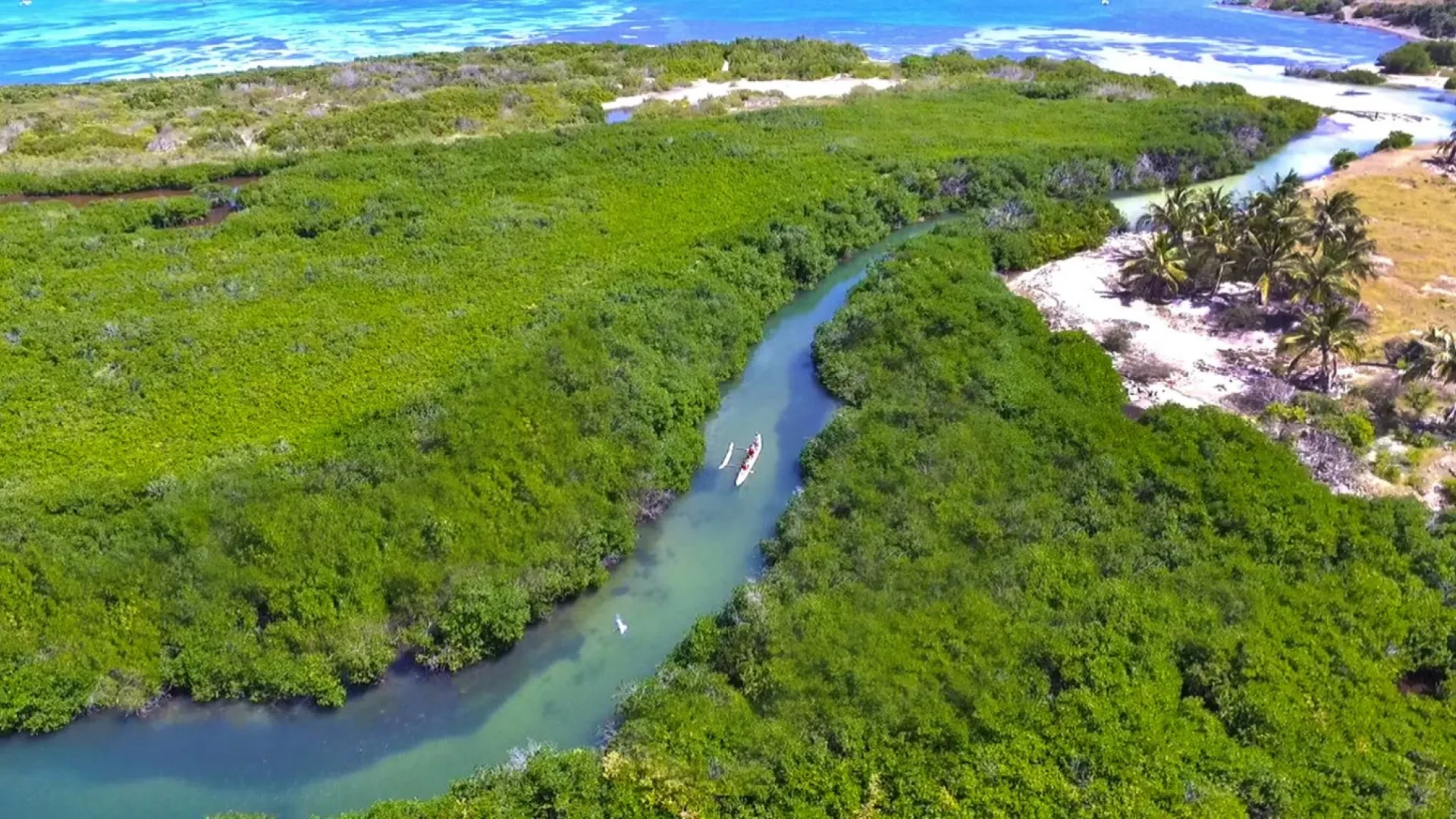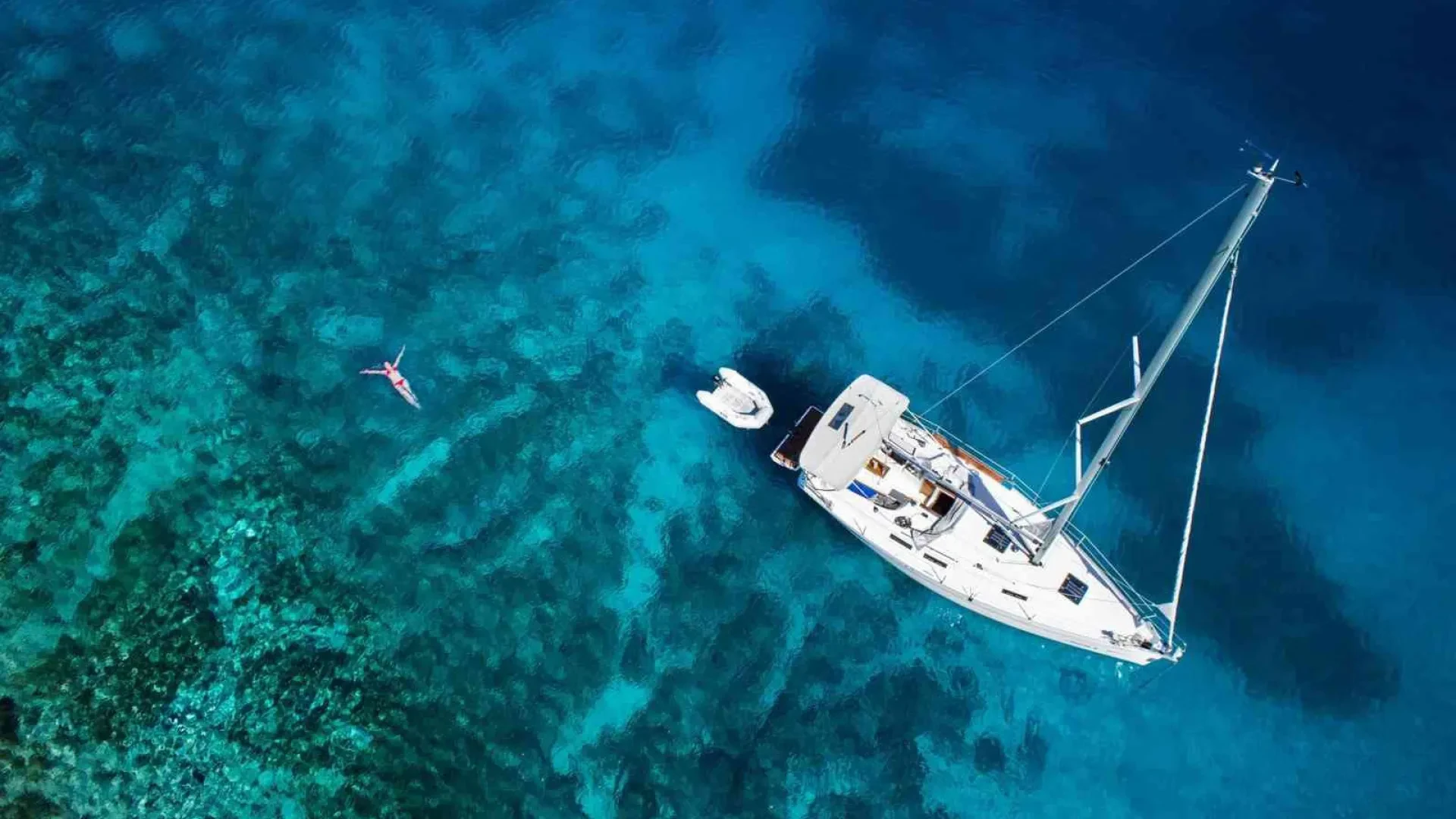Levente
September 11.
Been there. Done that.
Been there. Done that.
September 11.
We don't support old browsers due to security issues. Please update your browser to see this site. Update my browser now
The Department of Statistics (STAT) recently released data indicating robust growth in St. Maarten’s tourism sector in Q2 of 2025: air arrivals rose 16.9 % year-over-year to 209,876 visitors, and cruise passenger numbers climbed 14 % to 236,391.
On paper, such increases suggest a flourishing industry and reinforce the island’s image as both a Caribbean air hub and a prime cruise destination.
Yet a contrasting narrative plays out in the streets, shops, and taxi ranks. On Front Street, in small kiosks, or at the cruise terminal, many local operators complain that the surge in visitor numbers has not translated to higher revenues. Taxi drivers report long hours without paying fares. Tour operators say large cruise lines and global agencies dominate excursion bookings, squeezing out smaller local outfits. Retailers and restaurants express frustration that many passengers stay onboard for meals and entertainment, bypassing local businesses altogether.
Compounding the issue are questions around how arrival figures are calculated. STAT recently revised its methodology, adjusting 2024 benchmarks by subtracting 10 % to account for resident travel. This change, critics argue, undermines the reliability of year-on-year growth comparisons. The statistics may look impressive, but the underlying metrics have shifted.
The disconnect stems from much more than measurement. At its core, the debate is about who captures the economic value of tourism. Large international players—airlines, cruise operators, external booking platforms—command the lion’s share of profits, leaving only crumbs for local entrepreneurs. Meanwhile, government revenues fall short of expectations, prompting concern about how much of this activity really reaches public coffers.
The common refrain among many in the service sector: “Arrivals are up, but our earnings are down.”
If St. Maarten is to convert visitor traffic into sustainable local benefits, the focus must shift from arrival stats to smarter policies: encouraging greater visitor spending on the island, supporting local operators’ access to tourists, and ensuring transparency in how tourism revenue is shared. Otherwise, the veneer of a boom may continue to mask deep structural challenges.

Creating this travel magazine takes an insane amount of time and money. If you’ve found it useful and would like to support me in helping other travelers like you, your donation would go a long way. Thanks, you’re the best!







